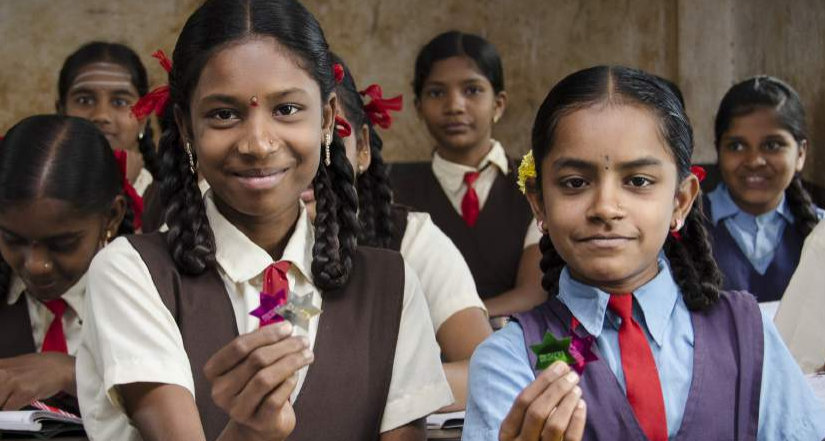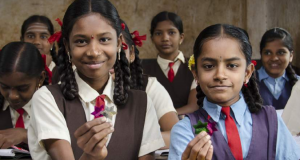Shikshana-Empowering the public education system of India

To begin on an optimistic note, Indian education system is rigorous and trains students fiercely to withstand the global pressure. Indian students are a power to reckon with as they are recognized worldwide for their sheer talent and efficiency.
Progress in education is foundational, it is critical for a nation to build a skilled workforce, and also to help people improve their livelihoods as a country grows. The absence of learning and low quality of teaching has far-reaching impact on the students which has tarnished India’s educational reform over the years.
Barring few private pre-schools, the majority of our children discover that the education they were offered in most public schools were futile-a bridge made of paper, taking them nowhere.
 With deepening socio-economic divide, students who hail from low-income background continue to struggle in colleges and jobs due to the shaky training they have received. Their experience with bad schools thus chase them throughout their lives, never letting them catch up. They rarely get the sought after college placements, careers, or standard of living they always hoped for.
With deepening socio-economic divide, students who hail from low-income background continue to struggle in colleges and jobs due to the shaky training they have received. Their experience with bad schools thus chase them throughout their lives, never letting them catch up. They rarely get the sought after college placements, careers, or standard of living they always hoped for.
To promote and facilitate better learning in government schools in rural India, Sikshana in collaboration with Deshpande Foundation worked in the Sandbox to scale up learning patterns.
With an aim to make education interesting, Sikshana introduced simple interventions and non-cognitive methods of teaching in government schools without adding to the tasks of an already burdened teacher. With the help of Deshpande Foundation, Sikshana recruited 60 Shalai Hitaishis – parateachers from the local community who had finished their B.Ed, to work closely with a group of 8 to10 schools on specific objectives like reading skills, fulfilling resource gaps, checking for attendance and motivating the students. It was observed that after the introduction of these programs, there was a steep rise in attendance and an increased interest towards studies and other activities among students.
India needs more of such sustainable models for improved learning to inculcate an invigorating learning environment which increases the pass percentage and brings community involvement into the crux of all activities in local schools. It is imperative that we must work towards ensuring that all our children, irrespective of accidents of birth or background must be given equal learning opportunities to hone themselves.
